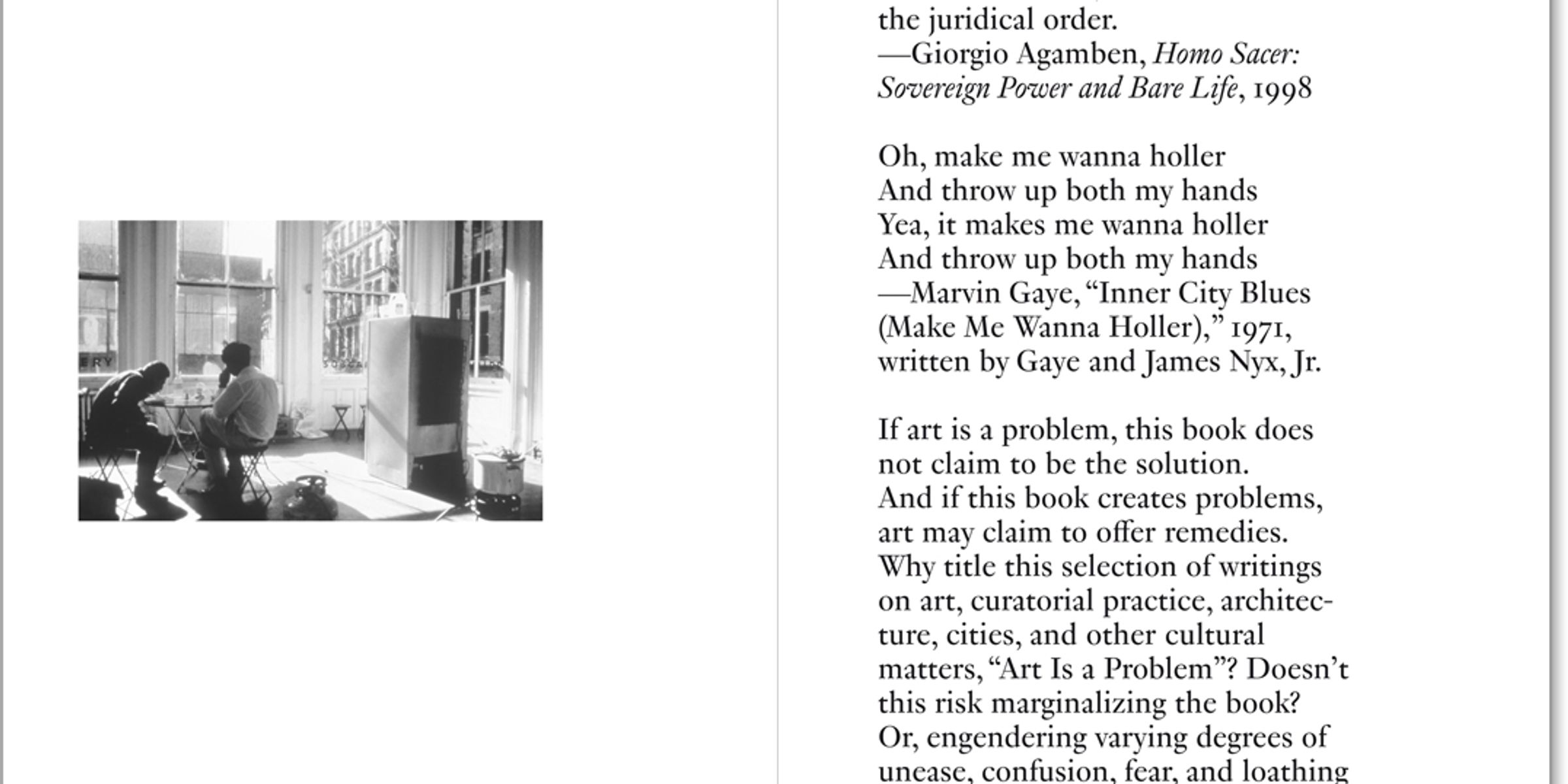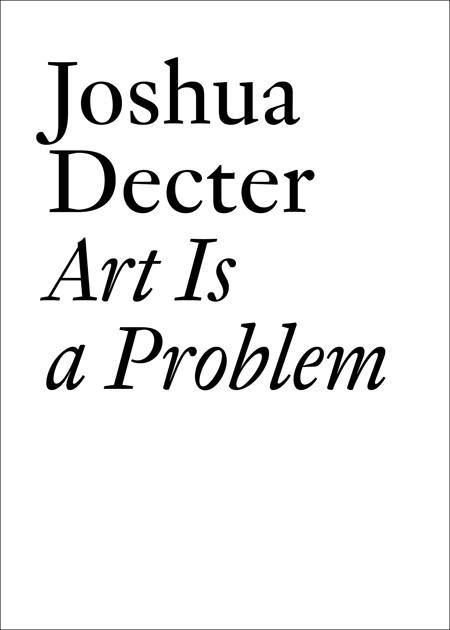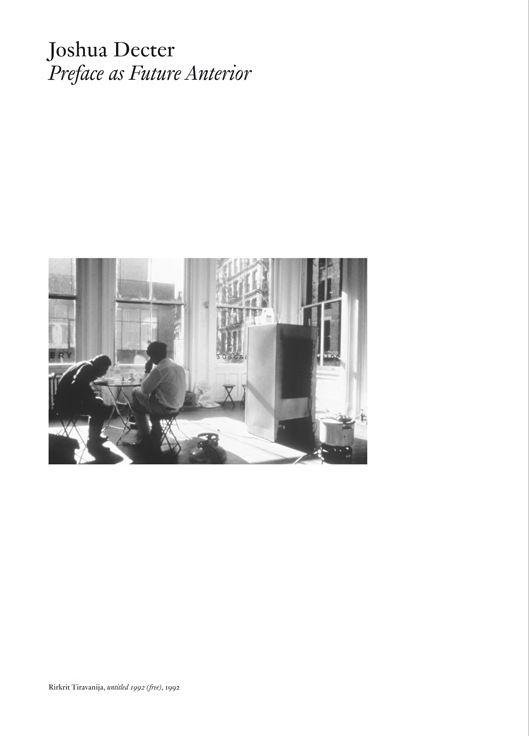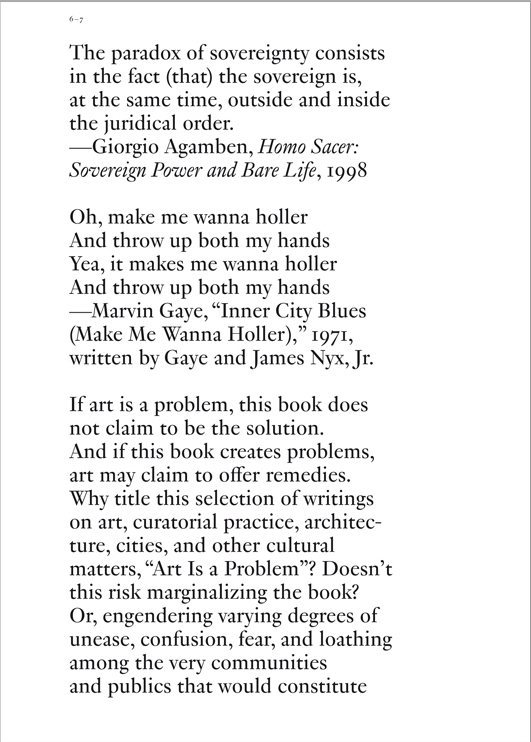
Paul Chan: Selected Writings 2000 - 2014
The artist Paul Chan and his publishing imprint Badlands Unlimited recently donated a series of publications to the Kunsthall Stavanger reading room. Below, CAS editor Heather Jones reviews Chan’s most recent publication.
- EN
- 12 August 2014
- Review






